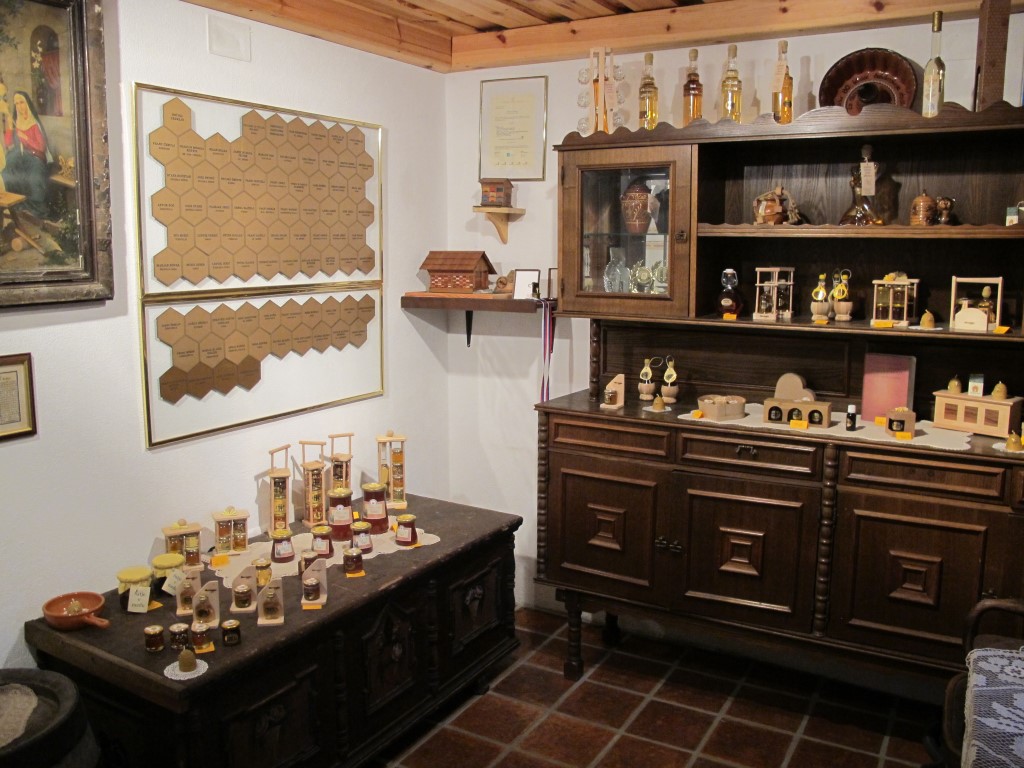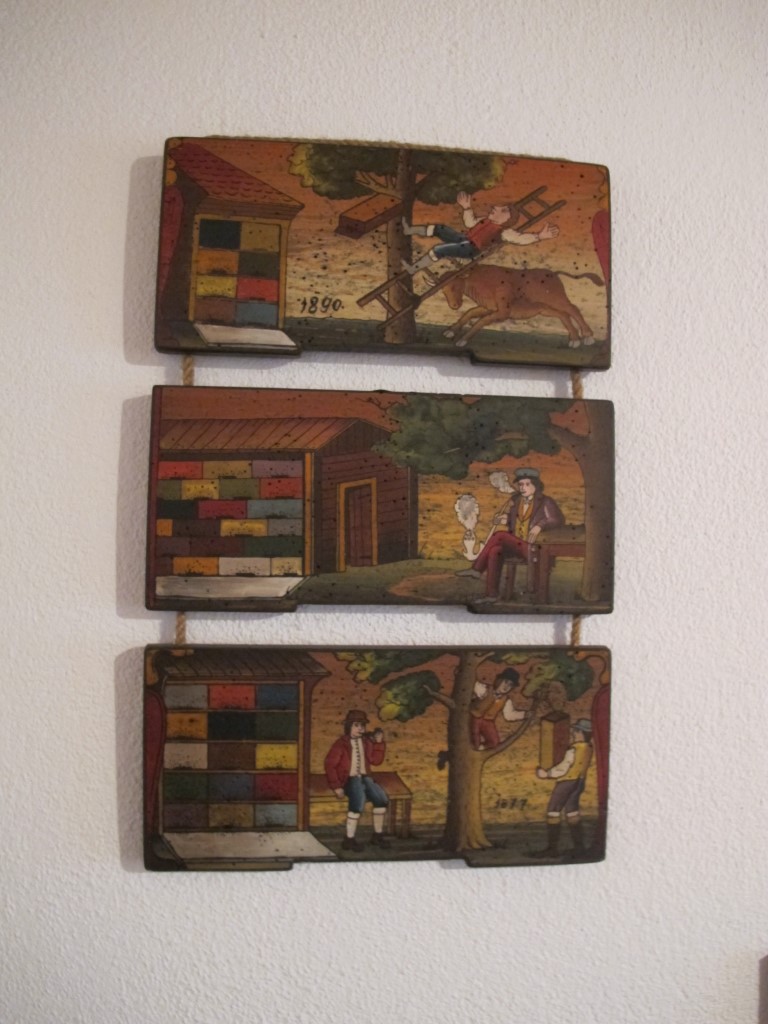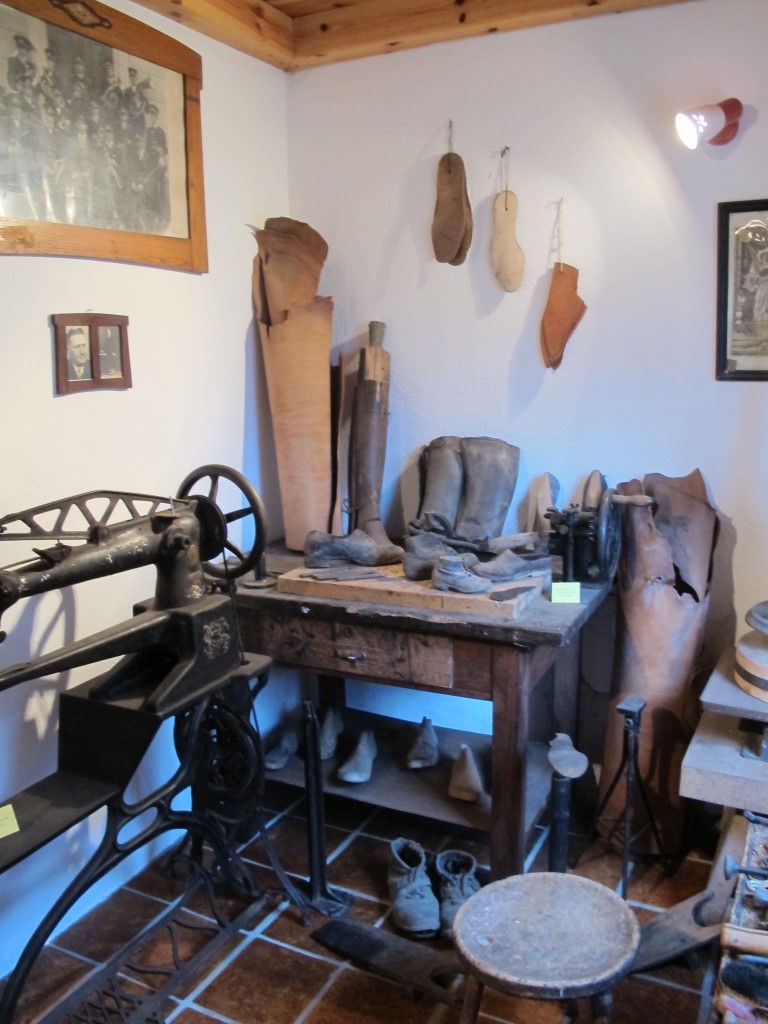BEEKEEPING FARM MUSEUM
Years ago beekeepers bred bee colonies in wicker baskets, but today wooden crates placed in wooden frames with honeycomb are used instead. A number of hives covered by a roof is known as a beehive.
Beekeeping has been around since ancient times. The first Slovenian houses with beehives are from the 17th century. In order to make it easy for bees to find their hives, the endings were all stained and painted. Handmade artistic beehive endings are a big part of Slovenian cultural heritage.
In the private beekeeping farm museum you will be kindly escorted through the history of beekeeping. Many items that were previously used by beekeepers for the production of honey can be seen. Exhibited objects such as pottery utensils and shoe accessories show traditions from past lives.
The musem shop is neatly arranged, and different types of local honey, propolis, pollen, honey brandy and other products made from beeswax can be bought.
Beekeeper Franci Strupi has been beekeeping since 1982. Today he works with 70 or 80 bee families in three beehouses.
Čebelarsko-kmečki muzej
Sp. Brnik 43, 4207 Cerklje
G: +386 31 663 001





